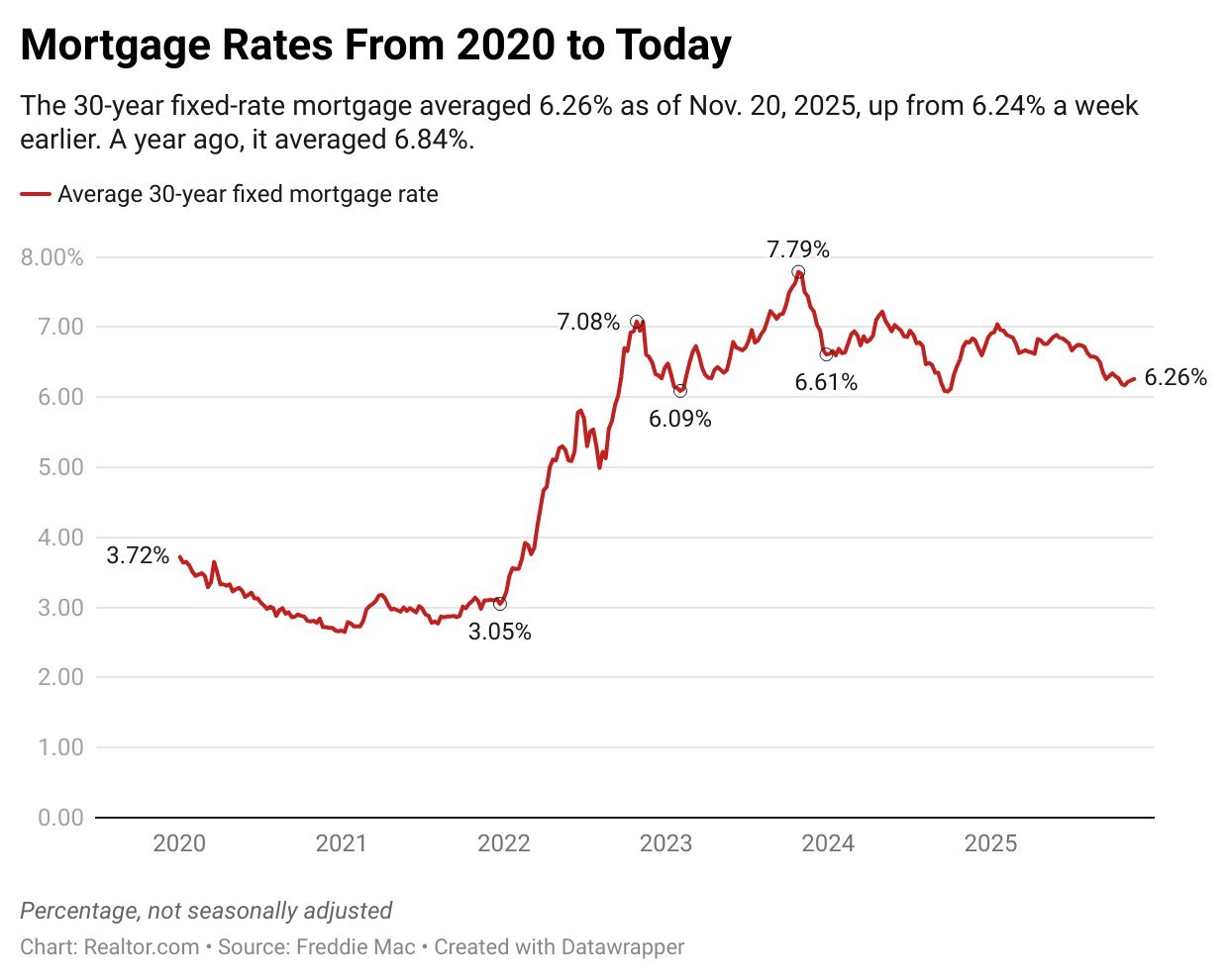After weeks of delayed data, we finally have an update on the labor market—and it’s not exactly what most people expected.
Data that was delayed by the federal government shutdown is starting to trickle out. We learned that hiring was more robust than many expected in September, with 119,000 jobs added in the month—largely in the health care, food services, and social assistance industries. Still, some sectors saw job declines, including transportation and warehousing and the federal government.
Although government data on unemployment insurance claims has been remarkably stable, private data shows a jump in layoff announcements in 2025. Against this hiring and separations backdrop, the unemployment rate trended up to 4.4% in September.
Nonetheless, earnings continued to rise, climbing 3.8% from one year ago. This means that workers saw another real buying power increase in the last year.
Newly released information underscored what Chairman Jerome Powell alluded to following the October Fed meeting: There may not be support for a Fed rate cut in December. According to the minutes of that meeting, “many participants” expected the policy rate to remain as is for the rest of the year. Mixed signals from the labor market will likely reinforce this “wait and see” perspective.
Mortgage rates mirrored this take, edging up only a modest 2 basis points this week, landing exactly in the middle of the narrow range around 6 and a quarter percent that they’ve occupied since mid-September.
This stability in mortgage rates has been welcome news for buyers and sellers, ultimately resulting in an uptick in October existing-home sales, which rose to their highest level in eight months despite the drag of the government shutdown.
In addition to marking a fourth consecutive month of yearly sales gains and continued home price growth, the data shows that the share of first-time homebuyers increased to 32%, up from 27% a year ago. Put simply, buyers responded to improved housing and mortgage rate conditions this fall.
Looking at weekly trends in housing data, inventory continued to grow and the growth rate moderated further. On net, active listings were still 13% below 2017-2019 norms per the Realtor.com® October Housing Trends report, so there is still further room to recover. New listing activity rose for a second week and asking price trends remain soft as homes continue to sit for longer than at this time last year.
Finally, the Realtor.com Rental report showed that asking rents continued to soften, extending the streak to 27 months in October. Even after the declines, rents are still nearly 17% higher than in 2019.
This is a far smaller jump than the 26% increase in overall consumer prices and nearly 50% rise in the price per square foot of for-sale home listings, but affordability is still a big driver of the renter search experience.
The report found that lower-cost markets like Detroit, Philadelphia, and Sacramento have had the most pronounced growth in the share of renters coming from somewhere else over the last six years. This suggests that renters are willing to move to find lower costs.

